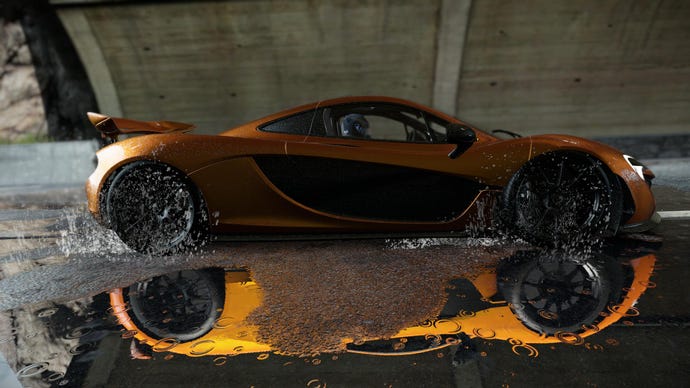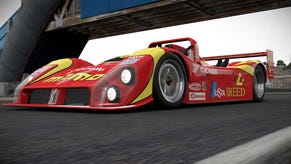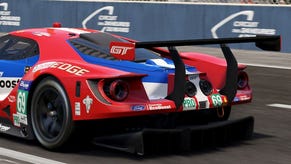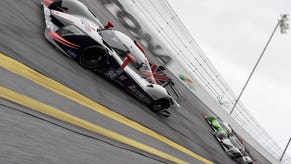Project CARS devs forced to issue statement on AMD GPUs
Slightly Mad Studios just got a little madder at rumours that the Project CARS engine was built around a version of PhysX that doesn't work with AMD cards.
A thread popped up on reddit a few days ago claiming the devs decided to go ahead and use a game engine that they knew would drastically impact performance on AMD cards because of their relationship with Nvidia.
Head of the studio, Ian Bell, has already expressed his opinion on the allegations that they knowlingly crippled performance to gain favour with Nvidia, pointing out that this is a driver issue, and the studio followed up with an official statement yesterday to clear up any lingering doubts.
You can read the statement below and find out more info on the game engine in the Tech section of Slightly Mad Studios official website.
"For the past few days, erroneous information posted on Reddit and other websites has spread misinformation with regards to Project CARS’ performance on systems using AMD GPUs.
To correct the wrongful assumptions regarding Project CARS’ performance on AMD GPUs, the MADNESS engine and the degree of involvement from our third-party technical partners, Slightly Mad Studios feel compelled to point out the following facts:
- Project CARS is not a GameWorks product. We have a good working relationship with nVidia, as we do with AMD, but we have our own render technology which covers everything we need.
- NVidia are not "sponsors" of the project. The company has not received, and would not expect, financial assistance from third party hardware companies.
- The MADNESS engine runs PhysX at only 50Hz and not at 600Hz as mentioned in several articles
- The MADNESS engine uses PhysX for collision detection and dynamic objects, which is a small part of the overall physics systems
- The MADNESS engine does not use PhysX for the SETA tyre model or for the chassis constraint solver (our two most expensive physics sub-systems)
- The MADNESS engine does not use PhysX for the AI systems or for raycasting, we use a bespoke optimised solution for those
- The physics systems run completely independently of the rendering and main game threads and utilises 2 cores at 600Hz
- The physics threading does not interact with the rendering, it is a push system sending updated positional information to the render bridge at 600Hz
- Any performance difference with PhysX would not be reflected with differences in comparing rendering frame rates. There is no interaction between PhysX and the rendering
- Overall, PhysX uses less than 10% of all physics thread CPU on PC. It is a very small part of the physics system so would not make a visual difference if run on the CPU or GPU
- Direct involvement with both nVidia and AMD has been fruitful in assisting with the game performance at various stages of development. Both AMD and nVidia have had access to working builds of the game throughout development, and they have both tested builds and reported their results and offered suggestions for performance improvements.
- Testing of the game with different driver versions has produced a variety of performance results on both nVidia and AMD hardware. This is entirely to be expected as driver changes cannot always be tested on every game and every card, and this is the reason why both companies produce game-specific driver profiles, to ensure that they can get the best out of the game.
- Project CARS does not use nVidia specific particle technology - the system we use is a modified version of the same technology we used on the Need for Speed : Shift and Shift Unleashed games, and was entirely developed in-house. The reason the performance drops when there are a lot of particles on screen is simply because processing a large number of particles is very expensive."










